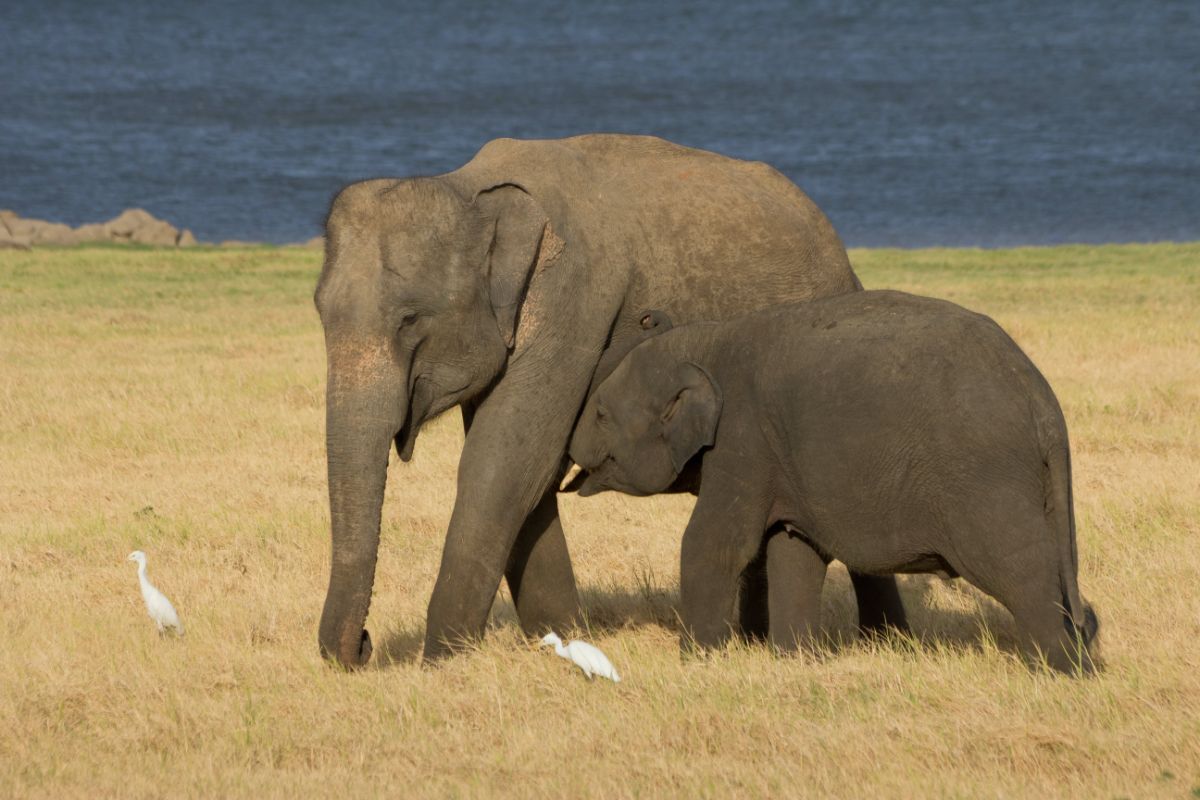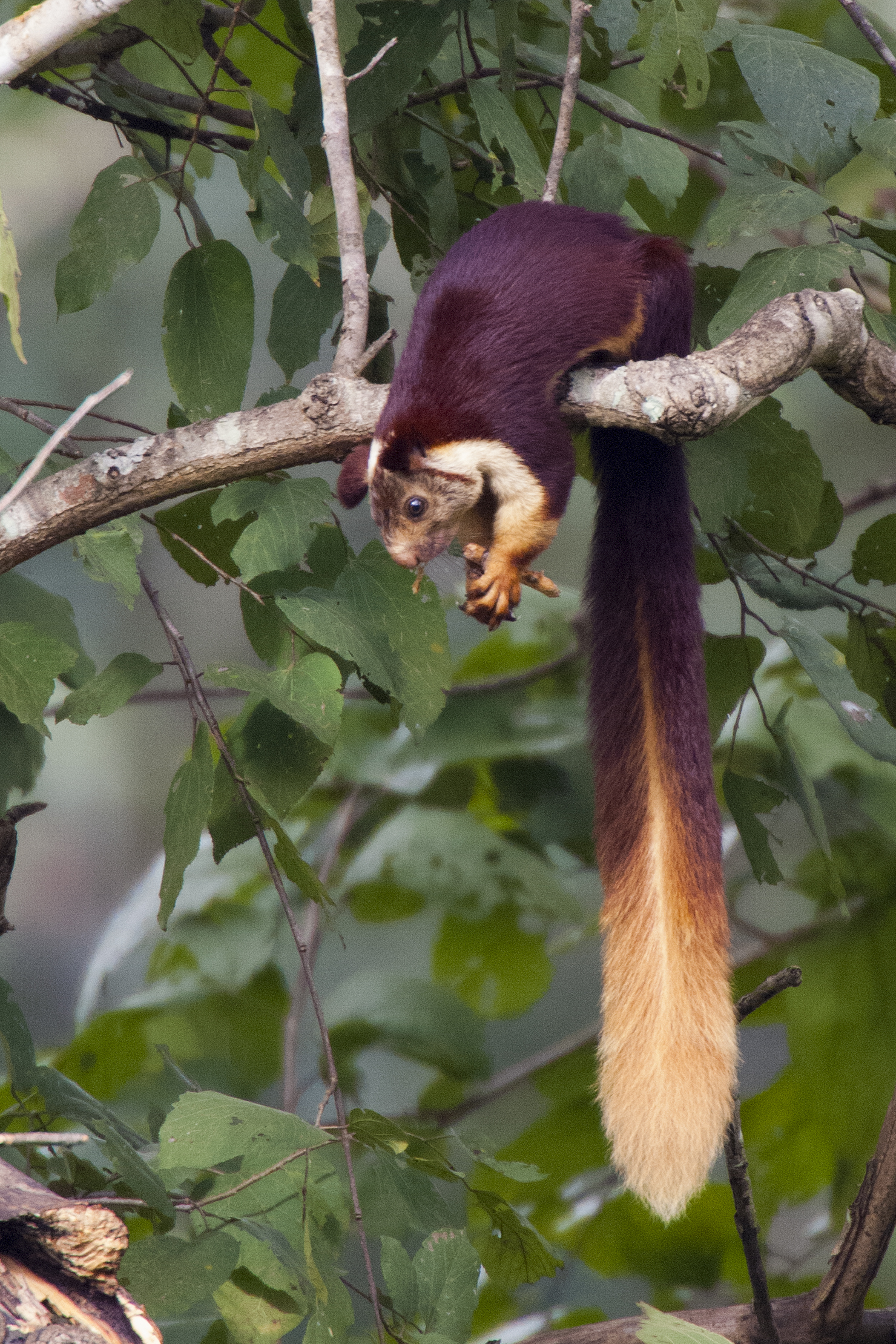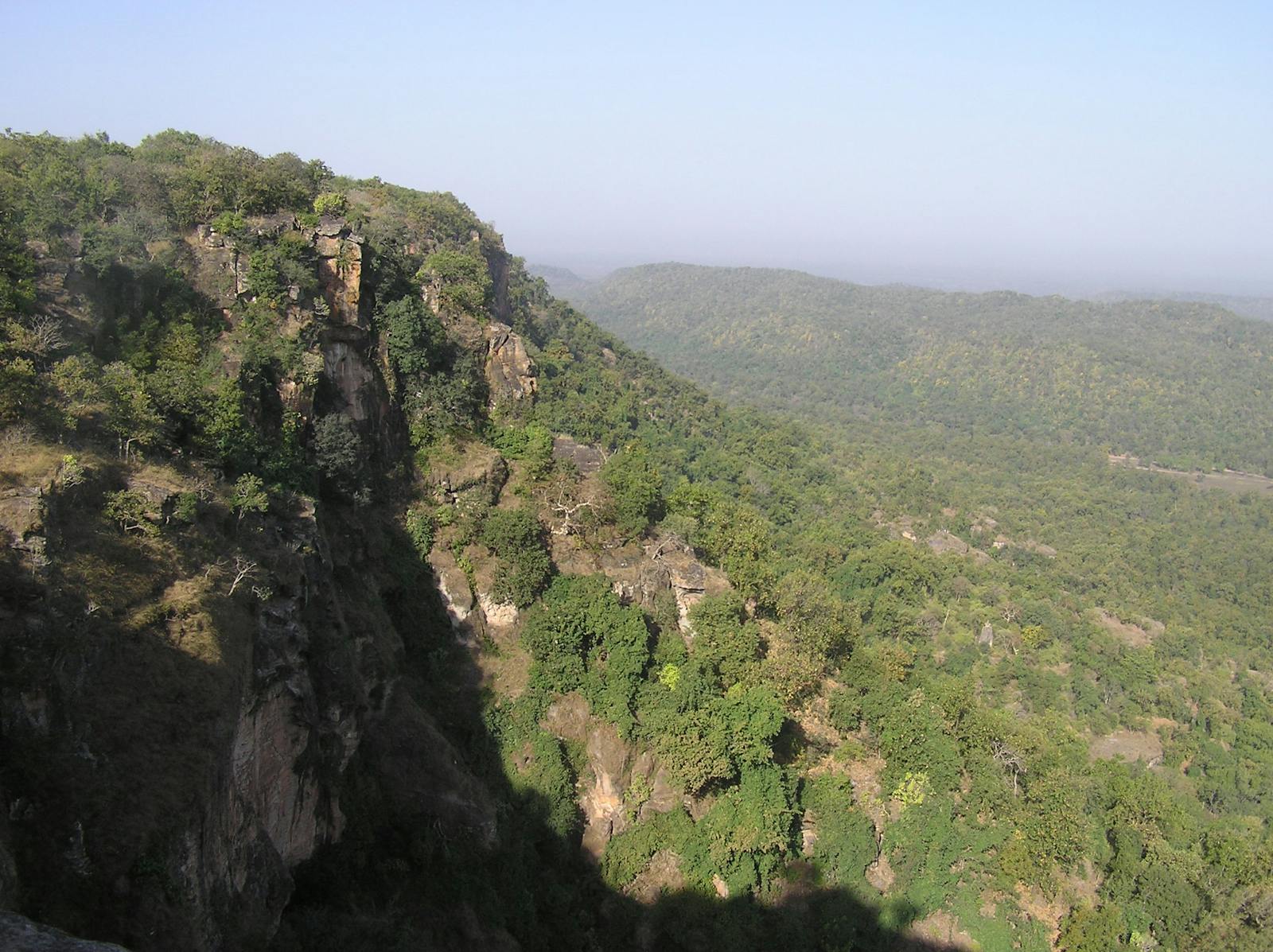South Western Ghats Moist Deciduous Forests
The ecoregion’s land area is provided in units of 1,000 hectares. The protection goal is the Global Safety Net (GSN1) area for the given ecoregion. The protection level indicates the percentage of the GSN goal that is currently protected on a scale of 0-10.
Bioregion: Indian Tropical Coastal Forests (IM2)
Realm: Indomalaya
Ecoregion Size (1000 ha):
2,382
Ecoregion ID:
270
Conservation Target:
47%
Protection Level:
6
States: India
This ecoregion harbors some of the world’s most important populations of tigers and Asian elephants—Asia’s largest carnivore and terrestrial mammal. In particular, the 12,000 km2 Brahmagiri-Nilgiri-Eastern Ghats Elephant Range supports the largest single elephant population in Asia, estimated at about 6,300 animals, while the Anamalais-Parambikulam range supports an estimated 1,600 to 3,500 elephants. While the former extends outside this ecoregion, the forests and protected areas here anchor this globally important Asian elephant conservation landscape.

The flagship species of the South Western Ghats Moist Deciduous Forests ecoregion is the nilgiri langur. Image credit: Creative Commons
The South Western Ghats Moist Deciduous Forests surround the montane rain forests along the southern extent of the Western Ghats Mountain Range, and represents the drier, deciduous forest ecosystems. The ecoregion is wider on the eastern side of the mountain range because of rain shadow.
As part of the Deccan Plateau, the ecoregion has Gondwanaland origins, traced back to the ancient southern supercontinent that broke apart over 150 million years ago. The Western Ghats represent the faulted edges of the plateau that rose over 1,000 m as abrupt cliffs. The climate is tropical, humid, and hot, although the proximity to the ocean has an ameliorating effect on the western side. Rainfall varies depending on the landform and location; the western side can receive up to 3,000 mm during the monsoon season, whereas the eastern side can receive as little as 1,000 mm.

Asian elephants. Image credit: Creative Commons
The forests are characterized by species of Albizia, Lagerstroemia, Terminalia, Adina, and Pterocarpus, just to name a few. The red silk-cotton tree, Bombax ceiba, stands out as an imposingly tall deciduous tree with wide spreading branches. When the leaves shed and the bright-red flowers bloom, this tree attracts hordes of pollinators and birds, from minivets and parrots, to barbets, orioles, bulbuls, mynahs, babblers and flower peckers. The spreading branches are also used by large birds such as adjutant storks, vultures, and hornbills to roost and nest.
About 90 mammal species are known from this ecoregion. In addition to the ‘megavertebrates’, there is a rich and interesting small to mid-sized mammal fauna such as the Nilgiri langur, Malabar large-spotted civet, Jerdon’s civet, and Layard’s striped squirrel that have very restricted range distributions and should be protected here. The 322 bird species known from this ecoregion include nine near-endemic species shared with the South Western Ghats Montane Rain Forests ecoregion.

Indian giant squirrel. Image credit: Yathin S Krishnappa, Creative Commons
Over three-fourths of the natural vegetation has been cleared or converted, and the remaining forests are highly fragmented. The 14 protected areas cover about 28% of the ecoregion’s area. Bandipur is over 1,000 km2 in area and is contiguous with several other important protected areas—Nagarhole, Mudumalai, and Wyanad—to form an important reserve complex for the conservation of tigers and elephants. Livestock grazing, including setting fires to create pasture, is one of the more serious threats, especially since it also creates human-wildlife conflicts that lead to retaliatory killing.
The priority conservation actions are: 1) manage conservation landscapes to enhance ecological connectivity with neighboring montane ecoregions and with the Deccan Plateau for large mammal conservation; 2) monitor and restrict the clearing of remaining natural vegetation; and 3) address human-wildlife conflicts through community engagement and awareness programs.
Citations
1. Wikramanayake, E, E. Dinerstein, et al. 2002. Terrestrial Ecoregions of the Indo-Pacific: A Conservation Assessment. Island Press.
2. Baskaran, N., 2013. CEPF Western Ghats Special Series: An overview of Asian Elephants in the Western Ghats, southern India: implications for the conservation of Western Ghats ecology. Journal of Threatened Taxa, 5(14), pp.4854-4870.
3. Bawa, K.S., Das, A., Krishnaswamy, J., Karanth, K.U., Kumar, N.S. and Rao, M., 2007. CEPF Western Ghats and Sri Lanka ecosystem profile.



